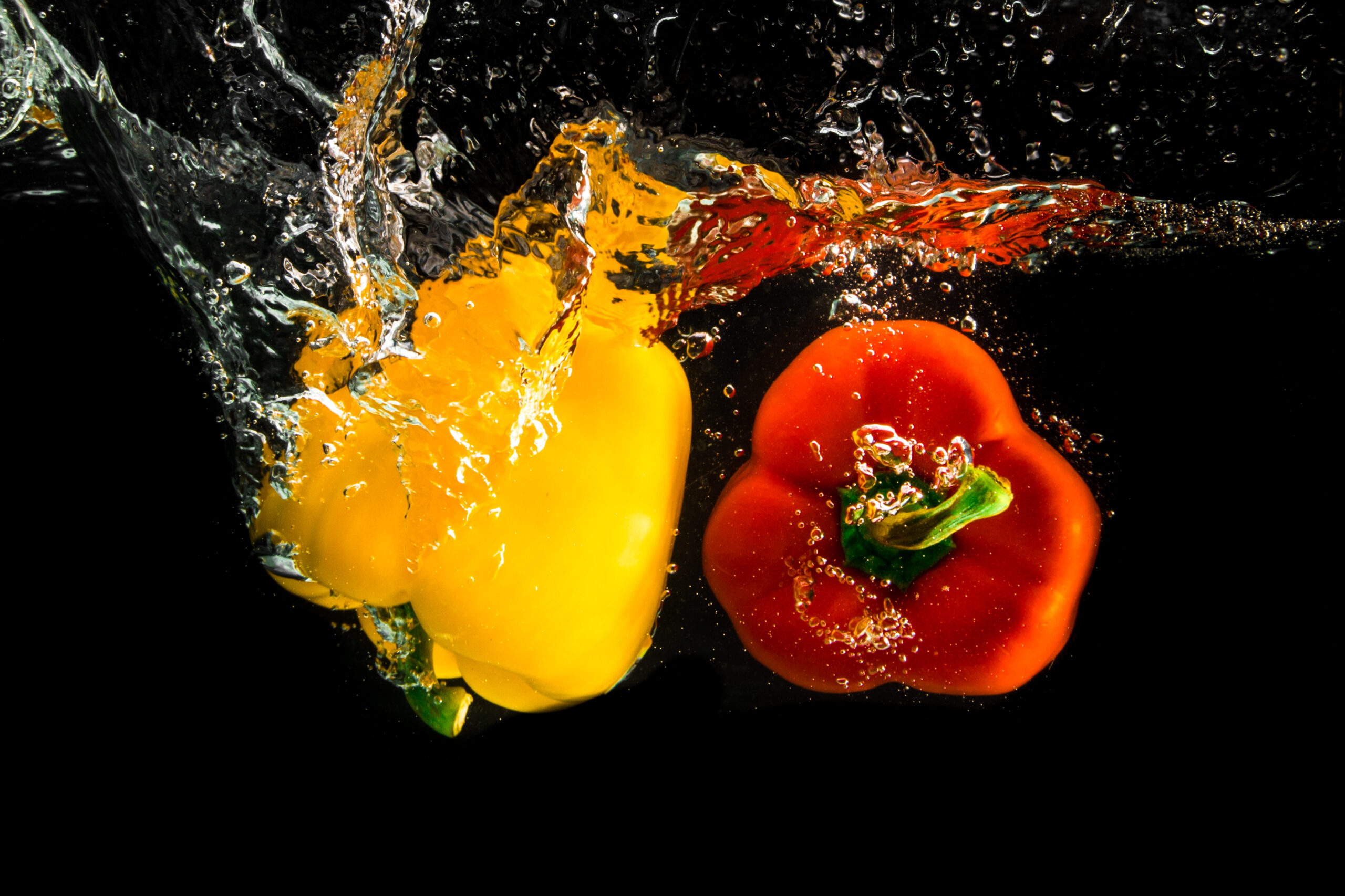Green Chromium Oxide Applications in Refractories Discussed.
Are you aware that about 80% of the world’s chromium production goes into making refractories? Chromium oxide green, scientifically called Cr2O3, is remarkable for its exceptional properties. These qualities render it essential in high-temperature applications. It enhances durability and oxidation resistance in various industrial processes.
This write-up will examine the broad applications of chromium oxide green in refractories. We will emphasize its significance in today’s industrial landscape. Let’s discover why this adaptable compound is so vital.
Introduction to Chromium Oxide Green
Green chromium oxide is a bright green compound renowned for its versatility and sturdiness. It is crucial in the sector of refractories due to its unique properties. This substance not only boosting the look of products, but also provides notable practical advantages for exacting tasks.
In the refractory industry, chromium oxide green has a key function. It enhances the thermal endurance and longevity of substances in extreme environments. This covers uses in steel production and glass manufacturing. As industries progress, the material’s importance becomes more prominent, delivering benefits for extreme heat applications where performance is vital.
Chromium oxide green is not only a pigment; it’s a critical element for durable industrial applications. Its versatility and robustness render it a crucial element in the creation of durable refractory materials.
Grasping Chromium Oxide and its Composition
Chromium oxide, also referred to Cr2O3, is a substance made up of chromium element and oxygen. Its makeup of chromium oxide exhibits special characteristics that enhance its role across various sectors. This compound’s chemical structure is sturdy and reliable, delivering durability in harsh conditions.
The heat-resistant traits of chromium oxide stand out in applications demanding compounds that withstand extreme heat. It exhibits a strong power to withstand heat stress. This turns it into suitable for smelting and various production methods where heat is vital.
Grasping the complexities of chromium oxide composition assists sectors utilize its natural advantages. Its capacity to resist stress boosts overall efficiency. This places chromium oxide as a leading candidate among thermal-resistant substances.
Significance of Chromium Trioxide in Refractories
Trioxide of chromium is essential for the performance of refractories due to its special qualities. It boosts the steadiness and long-lasting nature of these substances in challenging settings. This knowledge is important for recognizing its role alongside green chromium oxide in a range of uses.
Function of Chromium Trioxide in Enhancing Stability
Thermal-resistant substances are required to endure extreme heat without losing integrity. Chromium trioxide improves their thermal resistance and structural integrity. This leads to less deterioration, rendering it key for sectors needing durable compounds.
Comparative Analysis of Green Chromium Oxide and Trioxide of Chromium
Green chromium oxide and trioxide of chromium have different functions in thermal-resistant products. Both are important, but are not the same in their qualities:
| Characteristic | Chromium Oxide | Trioxide of Chromium |
|---|---|---|
| Thermal Stability | Consistent thermal tolerance | Boosted heat resistance |
| Use | Regularly found in refractory compounds | Optimal for intense thermal scenarios |
| Durability | Average strength | Notably enhances strength |
This side-by-side look emphasizes the distinct roles of green chromium oxide and chromium trioxide to heat-resistant compounds. Their unique traits boost efficiency and lifespan in a range of sectors.
High-Temperature Resistance Properties of Chromium Oxide Green
Green chromium oxide displays noteworthy characteristics, rendering it perfect for thermal uses. Its fusion temperature goes up to extremely high temperatures, offering unsurpassed structural integrity in extreme conditions. This is important for sectors demanding durability, particularly in iron and steel manufacturing.
Fusion Temperature and Build Quality
Green chromium oxide is well-known for its high melting point, important for keeping the durability of refractories. This high-temperature resistance allows it to endure high heat without deforming. Its melting resistance makes it essential in environments requiring reliability.
Applications in Steel Smelting
In iron and steel production, green chromium oxide’s thermal tolerance is invaluable. It’s often utilized in heat-resistant bricks for furnaces and ovens. These blocks face intense conditions and must remain intact. Green chromium oxide’s thermal endurance ensures they perform well, boosting productivity in steel production.
Gains of Green Chromium Oxide in Refractories
Chromium oxide green significantly enhances refractory materials, vital for multiple sectors. It improves mechanical properties and oxidation resistance. These upgrades boost the longevity and functionality of heat-resistant materials.
Boosting Physical Strength
Including green chromium oxide into refractory materials notably boosts their physical characteristics. Key benefits include:
- Enhanced toughness: Chromium oxide green’s durability increases materials’ ability to resist wear against wear.
- Enhanced wear resistance: Its composition reduces damage from heavy usage, extending refractory life.
- Enhanced structural resilience: This trait allows thermal-resistant products to withstand external forces, suiting exacting uses.
Oxidation Resistance in High-Temperature Applications
Green chromium oxide’s ability to withstand oxidation is essential in high-temperature environments. The advantages are:
- Extended longevity: Thermal-resistant substances endure more, withstanding extreme conditions.
- Improved functionality: They experience less material loss, ensuring consistent performance in industries.
- Lower maintenance costs: Less need for substitution of materials lowers operational costs for industries relying on heat-resistant materials.
These chromium oxide green benefits improve the functionality of refractories and promote eco-friendliness. They increase the longevity of materials and reduce waste.
Chromium Oxide Green Refractory Uses Explained
Chromium oxide green has grown essential in many industries because of its distinct properties. It is effective in various sectors, from steelmaking to ceramics manufacturing. Its importance as a vital element in refractory materials highlights its importance.
Industrial Uses
Chromium oxide green is essential in various fields for enhanced functionality. Here are the key sectors and their specific uses:
- Metal Manufacturing: It’s employed in producing heat-resistant bricks and moldable refractory materials, ensuring temperature durability and resistance to wear.
- Glass Manufacturing: In refractory linings, it guarantees intense heat and ensures chemical stability.
- Pottery Production: As a pigment in ceramic coatings, it enhances aesthetic appeal, robustness, and build quality.
- Concrete Manufacturing: It boosts the quality of refractory materials for high-temperature environments.
Diverse Uses of Refractories
Chromium oxide green’s versatility extends beyond individual sectors. Its uses cover a wide range, such as:
- Thermal-resistant brick applications
- Moldable refractory materials for harsh environments
- Anti-corrosive refractory coatings
- Ceramic materials requiring thermal durability
This diverse field of applications proves chromium oxide green’s importance in improving manufacturing processes. Its exceptional features assist sectors achieve their operational goals, ensuring improved output and material longevity.
Main Industrial Applications of Chromium Oxide Green
Green chromium oxide is crucial in multiple sectors, famous for its multi-use capabilities and efficiency. It is primarily applied in the sector of refractories, boosting heat resistance and mechanical strength. This compound is critical in materials developed for harsh environments.
In the manufacture of heat-resistant bricks and coatings, chromium oxide green is prominent. These products are critical in high-temperature settings like kilns, heat chambers, and burning devices. Incorporating green chromium oxide enhances their performance, delivering they last longer and work reliably.
- Ceramics Production: Green chromium oxide is important in pottery, boosting color consistency and structural integrity.
- Metal Production: It is utilized in metallurgy for equipment and components needing high thermal resistance.
- Glass Manufacturing: In glassworks, green chromium oxide ensures the durability of furnace linings.
This material is important beyond conventional applications but also in new materials. The trend for energy-efficient solutions is driving its application in modern refractory materials.
As companies focus on efficiency and effectiveness, green chromium oxide continues to be vital. Its wide range of uses emphasizes its value across different industries. This demonstrates its importance in the advanced thermal-resistance industry.
Production Techniques of Chromium Oxide Green
The production of green chromium oxide employs several proven methods, each with specific pros and challenges. These techniques are crucial for producing pure green chromium oxide, vital for its varied roles. Methods such as combustion, hydrothermal, and precipitation play pivotal roles in manufacture and output reliability.
Standard Production Techniques
Several common production techniques are applied in chromium oxide green production. These consist of:
- Burning Technique: This process involves the burning of chromium salts with organic materials. It is productive and has a reduced impact on the environment.
- Water-Based Technique: This method applies the reaction of chromium oxides in an aqueous solution under intense pressure and heat. It yields finely structured materials.
- Precipitation Method: This technique involves the solid formation of green chromium oxide from water-based suspensions. It allows for control over particle size and structure.
Each process has specific pros, such as cost efficiency and expandability, but also comes with issues like purity and irregular granule dimensions. Selecting the right method significantly impacts the output characteristics and its applicability for specific applications.
Ensuring Quality in Manufacturing
Maintaining standards is vital in the creation of green chromium oxide. It guarantees the produced material meets industry standards for cleanliness and regularity. Important areas of quality control include:
- Frequent evaluation of raw materials to guarantee good-quality components for green chromium oxide production.
- Oversight of process variables, such as temperature and pressure, during the various manufacturing techniques.
- End-result analysis for chemical composition and physical properties, ensuring compliance with target characteristics.
Effective quality control procedures boost the reliability and effectiveness of green chromium oxide for its multiple uses. This underscores the significance of these manufacturing processes in the overall process.
Eco-Friendly Practices in Chromium Oxide Green Manufacturing
The trend toward eco-friendliness is transforming the production of chromium oxide green. Environmental protection is now a primary focus as companies pursue strategies to cut down on pollutants. By adopting green techniques, they lower harmful output and conserve materials.
Incorporating green practices into the manufacturing of green chromium oxide fulfills regulatory requirements and market expectations. Companies are now increasingly mindful of their eco-footprint. By incorporating innovative techniques, they enjoy benefits such as:
- Utilizing by-products for creation, which reduces reliance on raw materials.
- Improving power consumption in the production process.
- Enhancing recycling practices to minimize environmental harm.
The eco-friendly application of green chromium oxide is also evident in different fields. For instance, it has a vital function in exhaust gas treatment systems, lowering harmful emissions. This demonstrates the importance of eco-conscious practices in the refractory industry.
| Practice | Overview | Environmental Benefit |
|---|---|---|
| Material Use | Employing waste materials in manufacturing | Lowers need for new resources |
| Energy Efficiency | Techniques to lower energy consumption | Minimizes carbon footprint |
| Emission Reduction | Incorporating pollution control technology | Lessens harmful pollutants released |
| Waste Minimization | Recycling and repurposing production waste | Decreases environmental contamination |
As sectors emphasize green initiatives, the manufacture of green chromium oxide and use are notable. They illustrate how eco-conscious methods and technological advances can combine, paving the way for a greener future.
Advancements in Refractory Uses of Chromium Oxide Green
The landscape of refractory industry is poised for significant transformation, particularly with the advancements in green chromium oxide. As industries prioritize efficiency and sustainability, the future development of this compound takes on added significance.
Developing methods are sparking progress in how chromium oxide green is used, including:
- Better temperature endurance for enhanced functionality in extreme conditions.
- Innovative blends that expand its use in metallurgy and clay-based products.
- Next-generation production processes to lower emissions while ensuring product consistency.
Bringing chromium oxide green into next-generation refractories guarantees effective solutions for multiple fields. Ongoing innovation and study can utilize this material’s unique properties. This ensures it remains crucial in cutting-edge refractory technology.
By adopting these innovations, sectors can enhance the effectiveness and environmental responsibility of their heat-resistant materials. This guarantees a future of chromium oxide green very promising.
Final Thoughts
Chromium oxide green is a key compound that boosts the strength and effectiveness of refractory components across various fields. Its unique features, such as thermal tolerance and oxidation stability, are crucial for iron and steel manufacturing and ceramics industries.
The exploration of chromium oxide green’s roles demonstrates its flexibility and significance in today’s production processes. Ongoing innovations in the creation of products expand its possibilities, ensuring it remains crucial for reliable applications.
As the movement for greener practices intensifies, the role of green chromium oxide is likely to expand. Its role in creating sustainable refractory materials demonstrates its key function in the future of the refractory market. This ensures better functionality and efficiency in a rapidly evolving manufacturing landscape.


